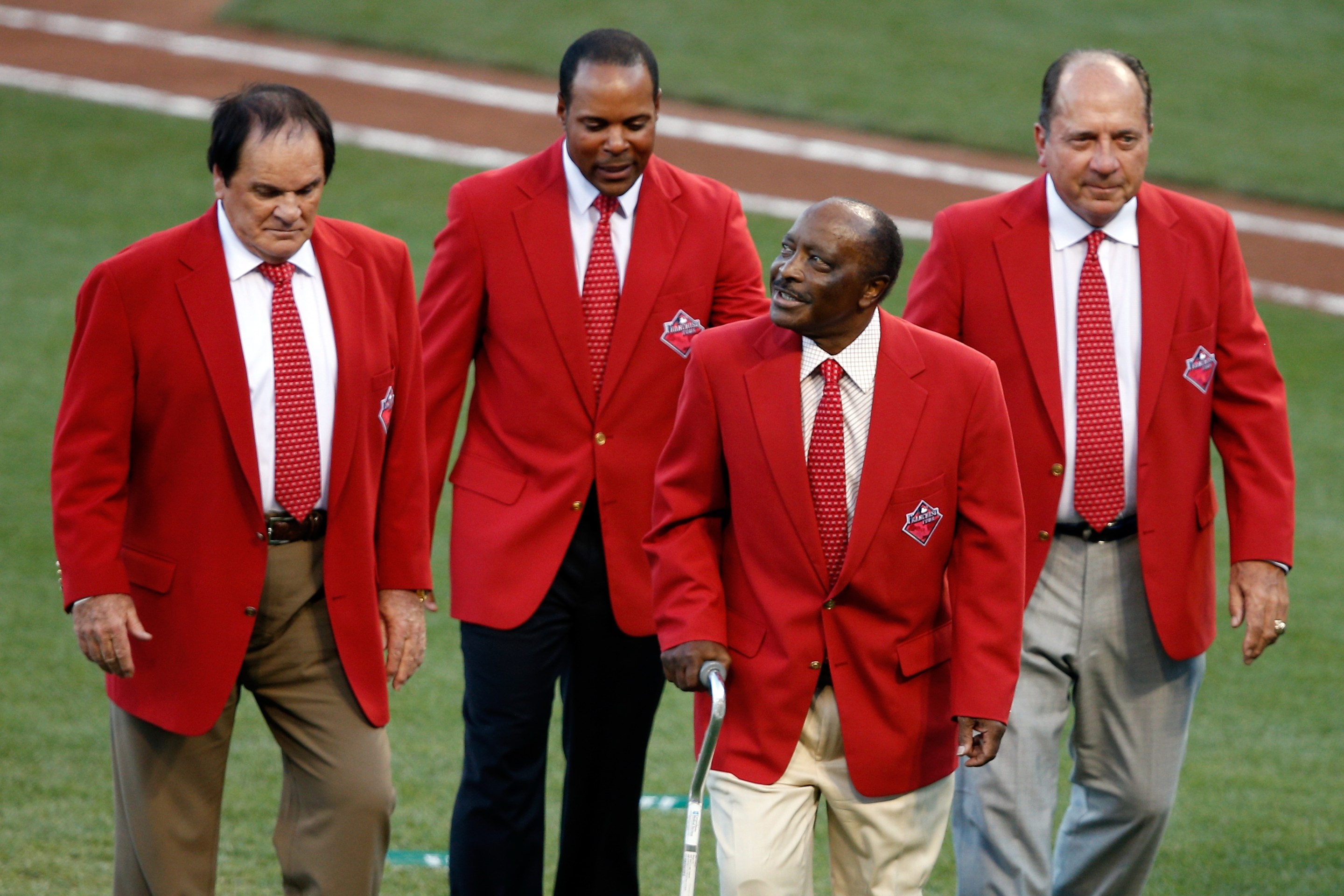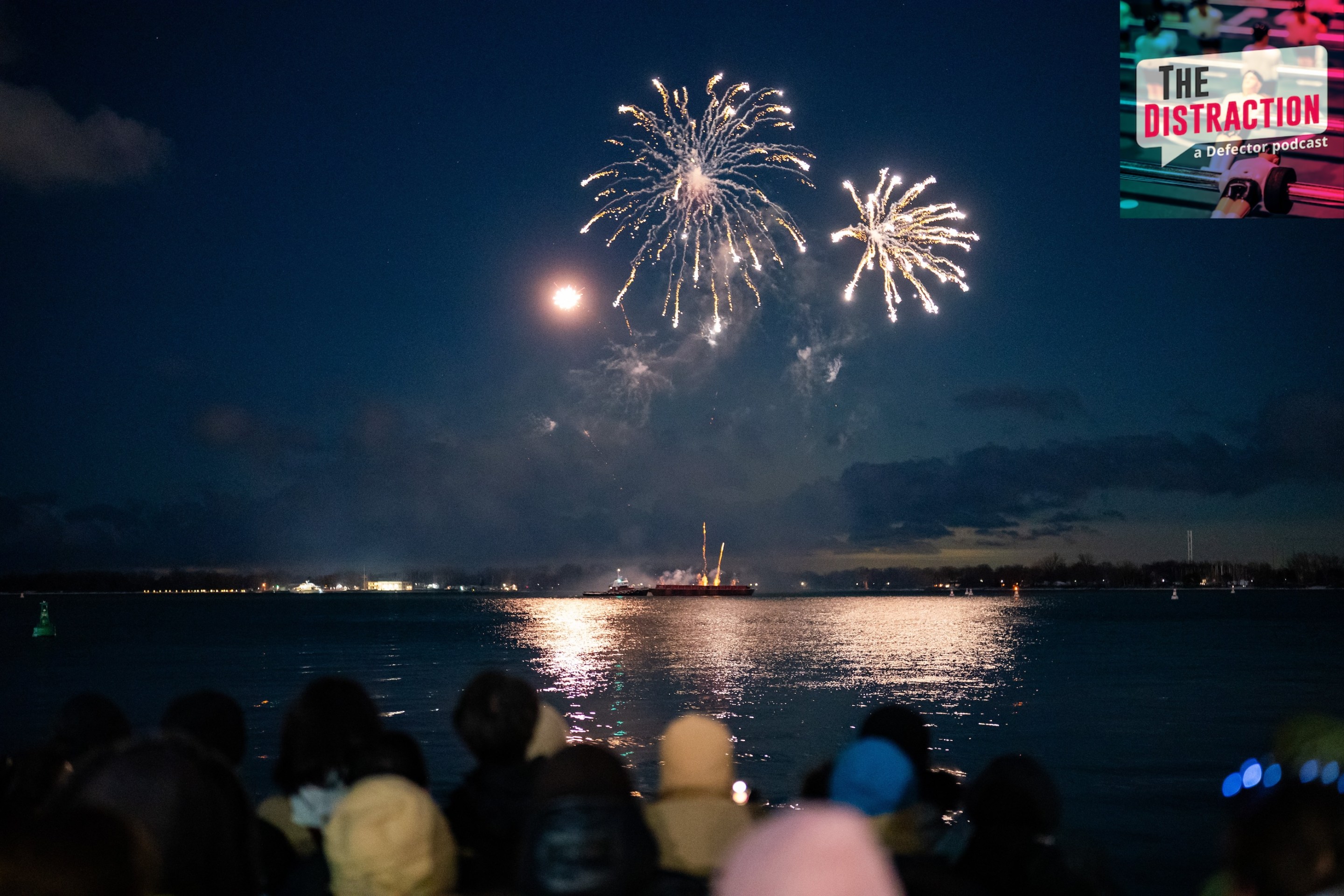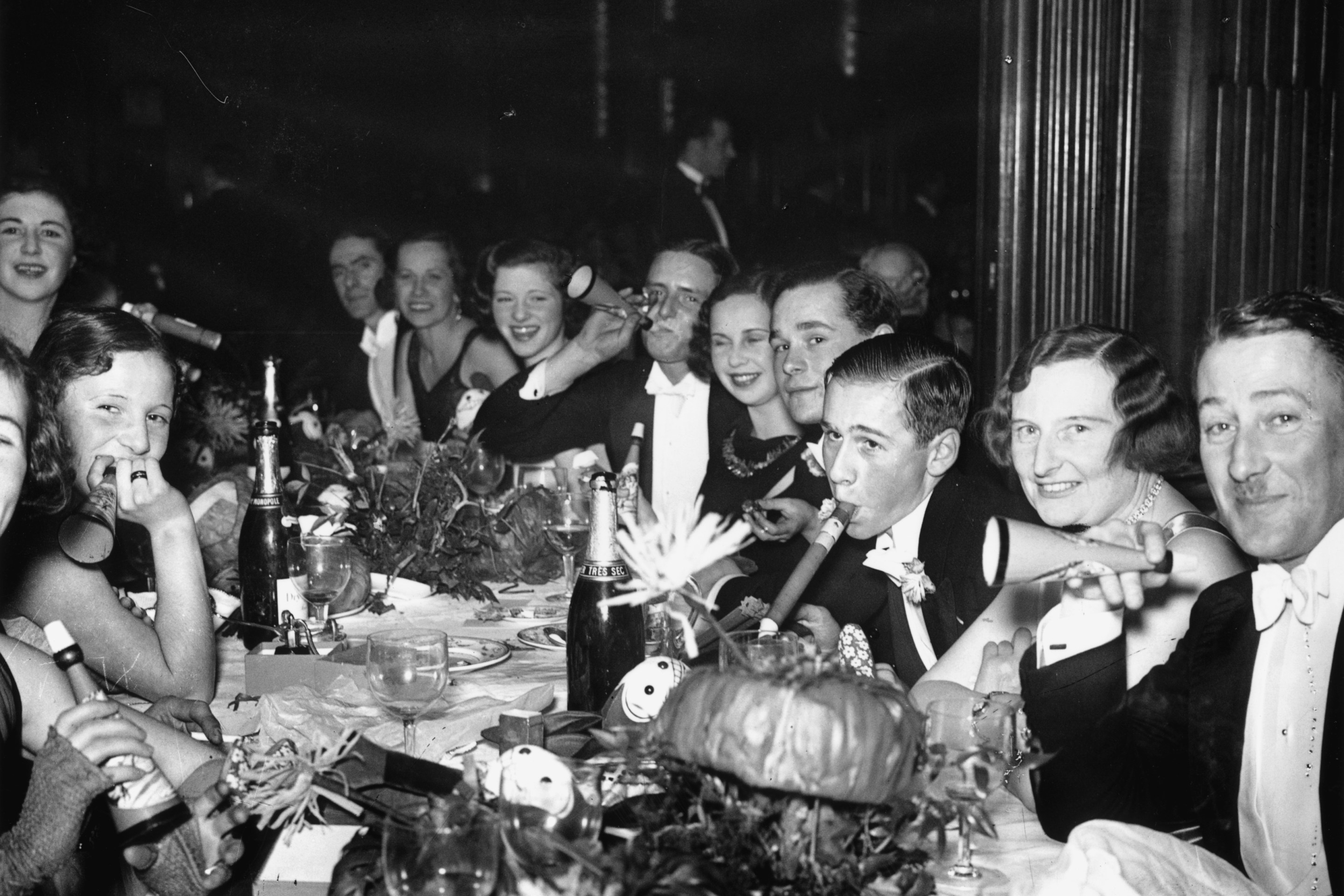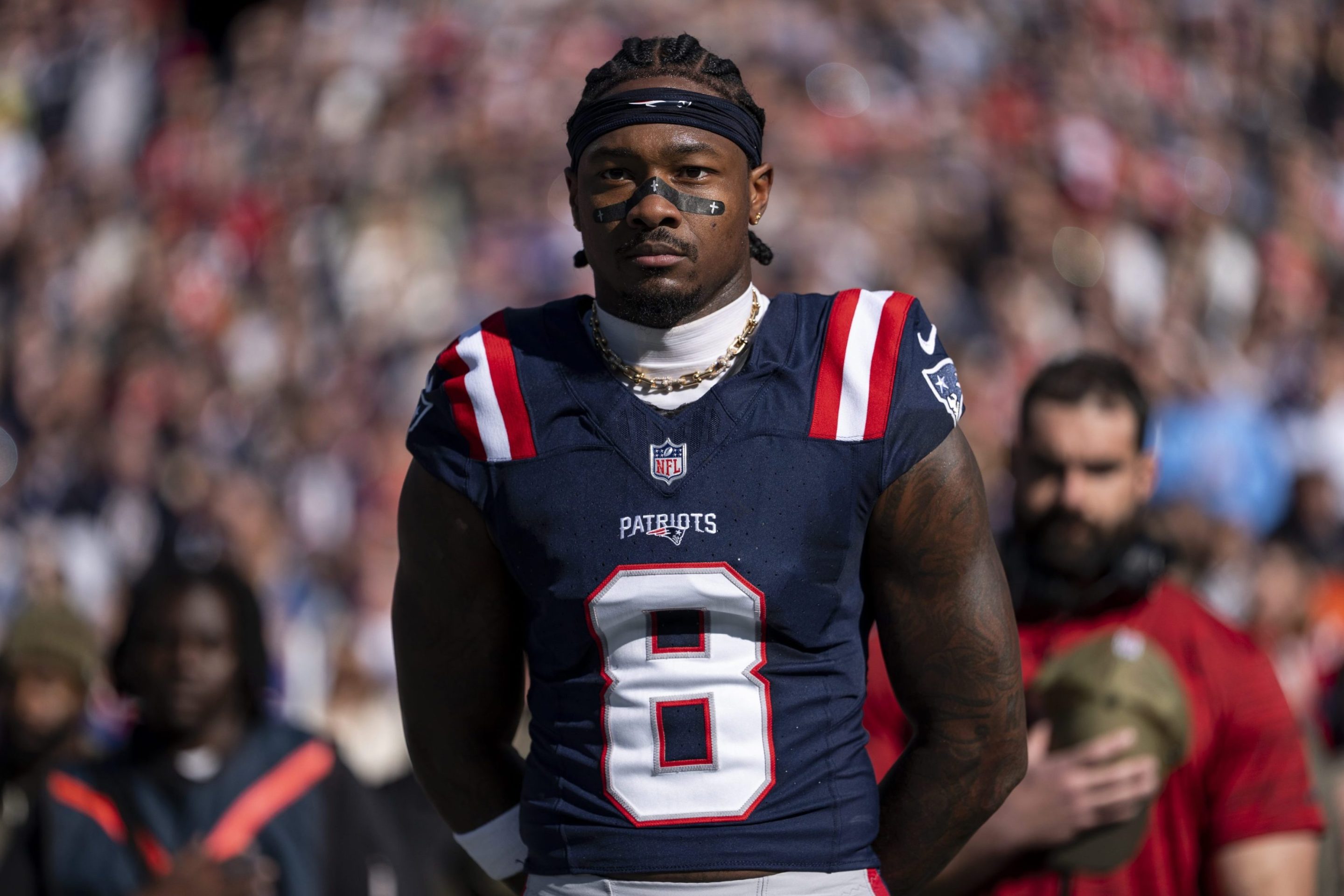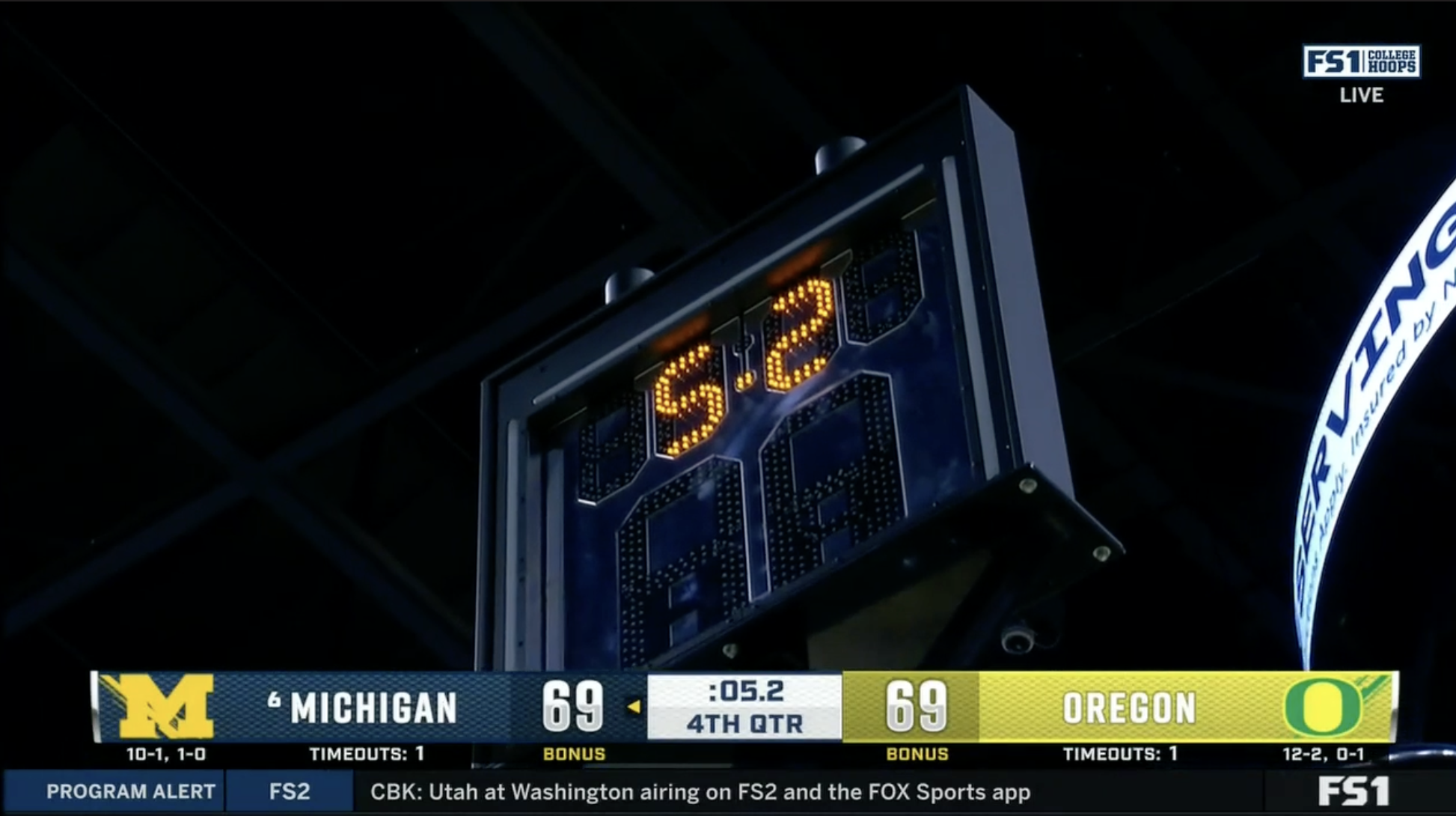Defector has partnered with Baseball Prospectus to bring you a taste of their work. They write good shit that we think you’ll like. If you do like it, we encourage you to check out their site and subscribe.
This story was originally published at Baseball Prospectus on October 13.
When I was a kid, Joe Morgan was one of my favorite ballplayers. Like me, he was short. Like me, he batted left and threw right. That pretty much sums up the athletic similarities between me and Joe Morgan.
In The New Bill James Historical Baseball Abstract, James came up with something he called the “Percentage Player Index,” a measure of what was known as “baseball IQ.” He considered four components:
- Fielding percentage compared to the average for the player’s era and position.
- Stolen base percentage.
- Strikeout-to-walk ratio.
- Walk rate.
Remember, this was in 2001. Its relevance to the modern game, where errors are at all-time lows, strikeouts are at all-time highs, and stolen bases have fallen way out of favor, doesn’t necessarily hold up. But it worked for the time.
By James’ methodology, Morgan was the best percentage player in baseball history.
Joe Leonard Morgan, who died at the age of 77 on Sunday, was born on September 19, 1943 in Bonham, Texas. In 1948, his parents and five siblings moved to Oakland. He went to Castlemont High School in Oakland, where he played basketball, baseball and was on the track team. He attended a two-year college, Oakland City College (since split into two campuses, Laney College and Merritt College) and played on the baseball team. The Houston Colt .45s drafted him on November 1, 1962, four days before his Castlemont High teammate, Rudy May, was drafted out of high school by the Twins. (May went on to have a 16-year major league career, mostly with the Angels and Yankees.)
In his first season in Houston’s organization, he played 45 games for Modesto in the California League before being transferred to Durham in the Carolina League. This was 1963, a year before the Civil Rights Act, and Morgan was the only Black player on his team. Growing up in Oakland and attending integrated schools hadn’t prepared him for the invective he faced, much less segregated seating at the ballparks, segregated bathrooms, and, when the team traveled to Winston-Salem, hotels that would not admit him. Disgusted and disheartened, he was talked out of quitting baseball by his manager, Billy Goodman, who’d completed a 16-year MLB career the prior season. Hitting .332/.482/.528 for Durham in a league that averaged .253/.340/.371, Morgan earned a September callup and hit a walkoff single in his second major league at bat.
He returned to the minors in 1964, earning Double-A Texas League MVP honors on the strength of a .323/.440/.512 season (league average .255/.329/.381). He was second in the league in batting and OBP, fifth in slugging, first in doubles, second in runs, tied for seventh in RBI, third in walks, sixth in total bases, and second in stolen bases. All as a middle infielder. That was the end of his minor league career.
The 1965 Astros (the team changed its name after the 1964 season) were notable for two reasons. First, they were an expansion team, coming off three straight 96-loss seasons. Second, after three years at Colt Stadium, they opened play in the Astrodome, the first multi-purpose domed stadium. In a low-offense era, the Astrodome was an extreme pitcher’s park. In 1965, its runs factor for left-handed hitters like Morgan was 84 (100 is average), the lowest in the majors. Morgan’s .271/.373/.418 batting line as a 21-year-old understated his performance. By DRC+, he was the 23rd best hitter in the league.
This was a pattern throughout Morgan’s Houston years. He never hit higher than .285, nor hit more than 15 homers, and he slugged an unremarkable .393. His DRC+ numbers, though, from 1965 through 1971 (excluding 1968, when a knee injury cost him all but ten games) were 122, 123, 122, 116, 112, and 116. In 1965, he finished a distant second in the Rookie of the Year vote to the Dodgers’ Jim Lefebvre despite finishing ahead of Lefebvre in just about every measure imaginable. He made only two All-Star teams despite leading the league in second base WARP in 1965, 1969, and 1971; finishing second in 1967 and third in 1966 and 1970.
During his rookie year, he took over second base from Nellie Fox, who was in the last year of his Hall of Fame career. Fox noticed that Morgan kept his left (back) elbow low when at the plate, and recommended that he do a sort of chicken-flap in the batter’s box to remind him to keep it elevated. It became a trademark of Morgan’s.
Morgan enjoyed playing in Houston, and was one of the best players on a bad team, but things soured for him after Harry Walker replaced Grady Hatton as manager during the 1968 season. Walker was from Mississippi, and he and his brother Dixie had tried to organize a player boycott when Jackie Robinson joined the league in 1947. Walker had conflicts with Morgan and two other African-American stars on the team, Jimmy Wynn and Don Wilson. He accused Morgan of being selfish and a troublemaker, both of which were entirely unwarranted. Regarding the former, Morgan led the club in both sacrifices and stolen bases while playing under Walker. As for being a troublemaker, well, read Ball Four. Walker’s racially motivated animus against Morgan was baseless.
That prejudice culminated in one of the most famous trades in baseball history: The November 1971 deal that sent Morgan, infielder Denis Menke, outfielders Ed Armbrister and César Gerónimo, and pitcher Jack Billingham to Cincinnati for first baseman Lee May, second baseman Tommy Helms, and infielder/outfielder Jimmy Stewart.
In retrospect, it was a whopper of a bad trade for Houston. May, Helms and Stewart played nine seasons in Houston, amassing 13.8 WARP. Gerónimo generated nearly as much with the Reds, 13.5, and Billingham’s 6.1 put the Reds over the top. Yet at the time, it was viewed negatively by Reds fans, for whom May had 111 homers and 302 RBI from 1969 to 1971.
But the trade isn’t known as the Gerónimo/Billingham trade. It’s the Joe Morgan trade. In moving from Houston to Cincinnati, Morgan went from being a perennially underrated, high-quality player to the best player on one of the greatest dynasties in baseball history, the Big Red Machine.
Click on Morgan’s player card at the top of the article. Look at those numbers during the heart of his Reds tenure, 1972-1977. In those six years, he hit .301/.429/.495 with 130 homers and 359 stolen bases (at an 83 percent success rate). While we don’t have the defensive metrics for those years that we do today, he was, by all measures, an outstanding fielder. Here’s his DRC+ and WARP during those years, along with his rank among NL hitters.
| Year | WARP | Rank | DRC+ | Rank |
| 1972 | 7.7 | 2 | 145 | 8 |
| 1973 | 8.1 | 4 | 152 | 6 |
| 1974 | 7.8 | 3 | 161 | 3 |
| 1975 | 9.5 | 1 | 170 | 1 |
| 1976 | 8.5 | 1 | 185 | 1 |
| 1977 | 4.6 | 12 | 139 | 7 |
He slowed down after that, but remained, year after year, an above-average player. His worst season was his last: 1984, with Oakland. He played 116 games and hit .244/.356/.351. He had a 110 DRC+ and 1.5 WARP. At age 40. Playing an above-average second base.
That’s what differentiated him from the other three stars on the Big Red Machine. Pete Rose, over his last seven seasons, had -2.2 WARP. Tony Pérez was exactly replacement level over his final six years. Johnny Bench remained an above-average hitter, but his body broke down and he retired at age 35. From his first year in the majors, 1965, to his final one in 1984, Joe Morgan helped his teams win.
Where does he rate all time? By Jay Jaffe of FanGraphs’ JAWS system, Morgan is fourth, behind Rogers Hornsby, Eddie Collins and Nap Lajoie. But Hornsby, a devastating hitter, was a poor fielder (and, not that it’s relevant in this case, kind of a jerk). Collins and Lajoie were Deadball Era stars, hitting just 47 and 82 homers, respectively. By WARP, Morgan is comfortably in first, though we don’t calculate WARP prior to 1921, so WARP misses all of Lajoie’s career, most of Collins’ and a chunk of Hornsby’s. And, of course, the old-timers played before integration and expansion.
James rates Morgan first, and I’d agree. He was superior to Hornsby in the field and on the basepaths. He was a better hitter than Collins. Lajoie is his closest comparable—he was good at everything, like Morgan—but he didn’t draw walks and he didn’t have Morgan’s durability. You want a guy who could get a hit, draw a walk, hit a bomb, swipe a base, or pick it in the field, you want Little Joe. And, as James pointed out, he was a heady player, a great percentage player.
I hope you already knew all of this, because in the years since his retirement, Morgan didn’t do a lot to burnish his reputation. His tenure on the board of the Hall of Fame was marked by his unprecedented lobbying against players linked to performance-enhancing drugs. And he’s widely known for announcing ESPN’s Sunday Night Baseball, which ended after the 2010 season. He railed against any and all advanced metrics to an extent that would make John Smoltz and Alex Rodriguez blush. The irony, of course, is that Morgan was a sabermetric darling, whose value was defined by his doubles/triples power (among 250 second basemen with at least 3,000 plate appearances, his .156 ISO is 28th), ability to draw a walk (he walked over 100 times in eight seasons), and high stolen base percentage (among 70 players with at least 250 stolen bases since caught stealing became an official statistic in 1951, his 81 percent success rate ranks 18th). His fulminations launched the hilarious Fire Joe Morgan website, which went dark in 2008, after the sabermetric battle had been won.

And those lowlights obscured not only his talents on the field, but his contributions off of it. He was on the board of Baseball Assistance Team, which provides aid to former major league, minor league, and Negro League players experiencing hardship. He was active in Adventures in Movement for the Handicapped, which uses movement education to help people with visual, hearing, emotional, learning, and orthopedic impairment.
And they also obscure the biases he faced throughout his life. In 1988, while waiting in Los Angeles for a flight to a charity event, undercover officers knocked him to the ground, kneed him in the back, and detained him for hours, accusing him of being a drug courier. Even after he proved his identity and was released, he wasn’t allowed to file a complaint. (He later won a lawsuit against the LAPD.) As he wrote in his autobiography, “Over the next hours, the nightmare deepened, and it was all because I was just another black man.”
People are complex. We all have good and bad points. His anti-sabermetric stance was willfully ignorant. He took his anti-PED views too far. Those were the bad points. They’re overwhelmed by the good ones. He’s a man who overcame bigotry. He became a leader on a memorably great ballclub, always helping his teammates win games. He was a delightful player to watch, a devastating foe to face, and a brilliant ballplayer. He’s an inner circle Hall of Famer. Admire Joe Morgan.
